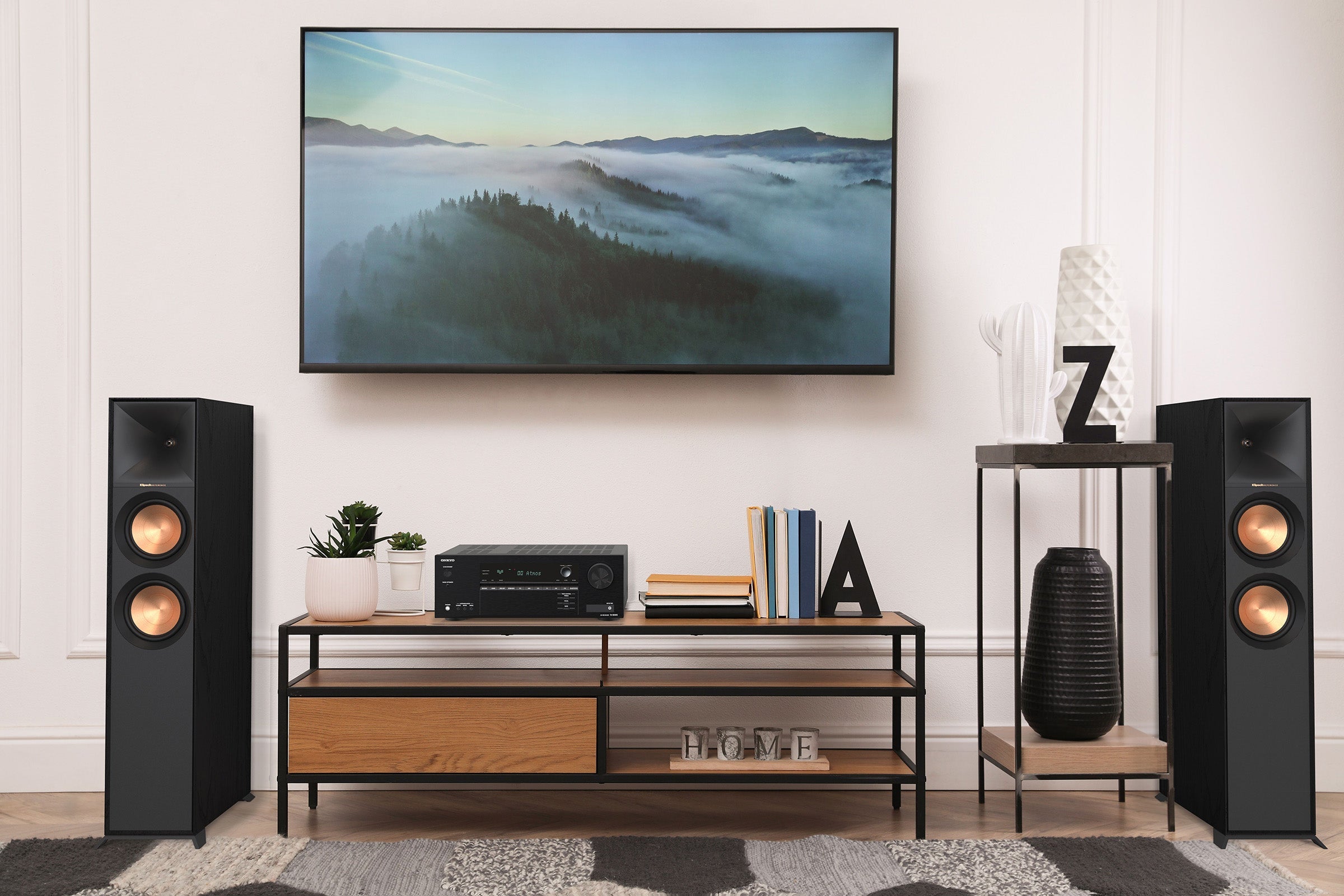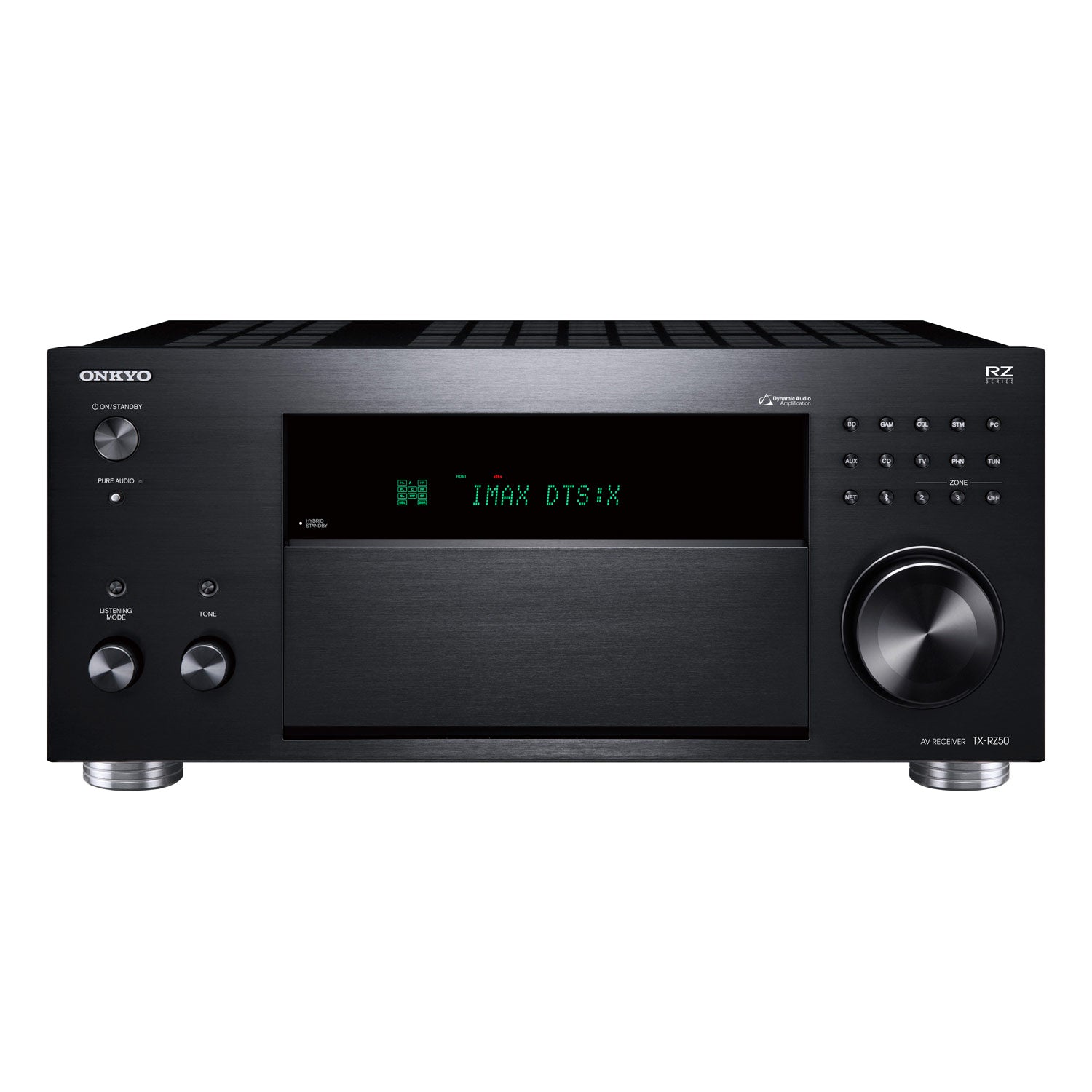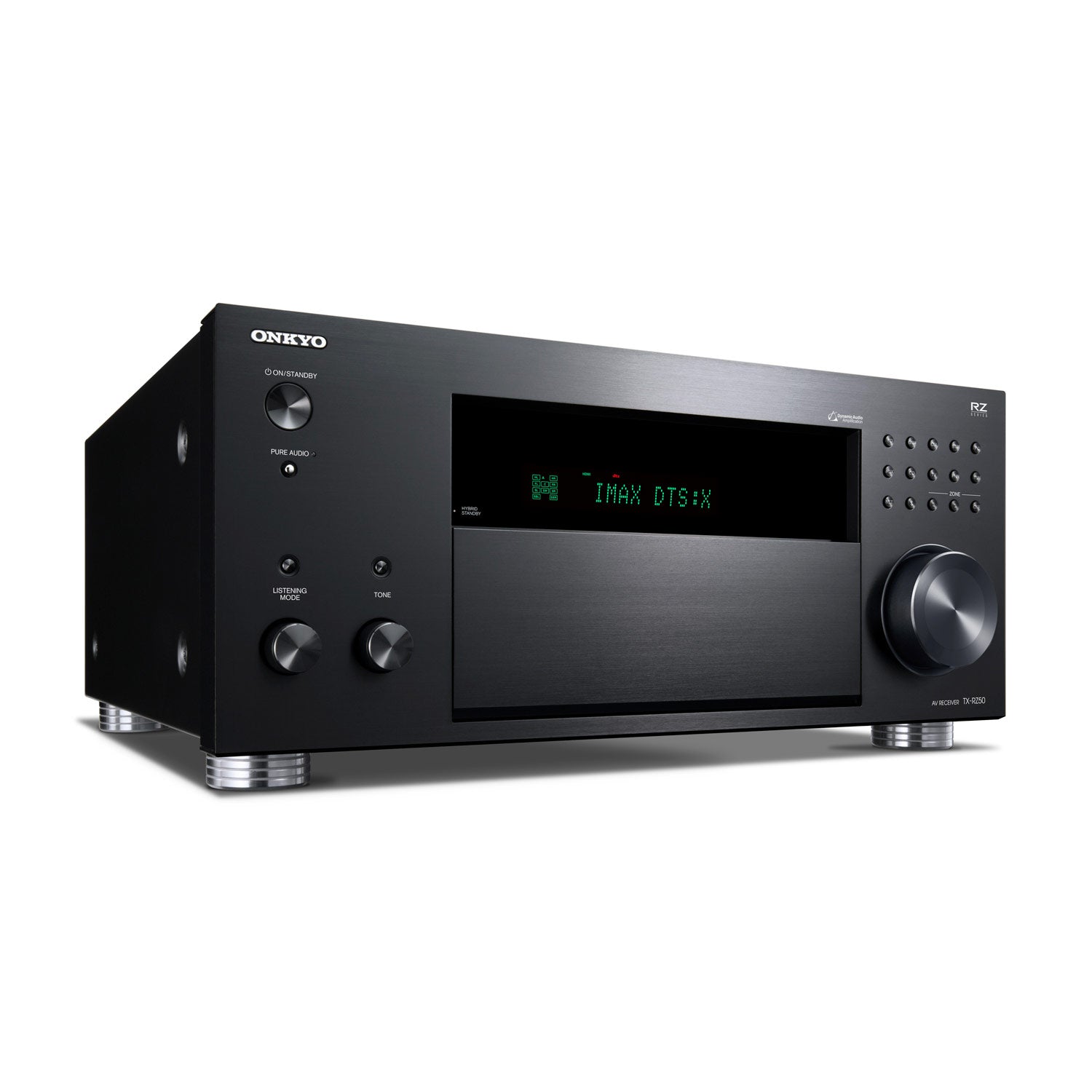Finding the perfect sound system for your home can be a challenge, but Gentec is here to help.
We know choosing the home theatre receiver that perfectly fits your home’s needs can be challenging. So many options and technical terms, so many connections and details that end up scaring us and making it difficult for us to understand the aspects of sound quality. Thankfully, the team at Gentec have put together this helpful guide to make it easier for you to understand the technical parts and make the best selection for your setup.
Home theatre receivers help you bring a true cinema experience into your home. These devices handle much more than just audio signals. In many ways, the home theatre receiver is the brain or the central processing unit of a home theatre system. Without it, you would have rather limited options when it comes to entertainment options in your home theatre setup. Without a home theater receiver, the home cinema experience would be lacklustre and boring. It brings movies to life and also helps you easily manage your precious A/V components.
So, what does the receiver do?
It connects your input device (DVD or Blu-ray player, games console, etc.) to your output device (TV and/or speakers). With built-in video switching, home theatre receiver also allows you to easily switch between devices, and can amplify signals for more intricate systems, making everything easier.
eARC: Enhanced Audio Return Channel
Does a soundbar with eARC technology mean I no longer need a receiver?
With the eARC it’s easier than ever to experience movie theater quality sound in a living room for an immersive multi-dimensional experience and enhanced audio detail and depth. eARC enables the audio to a TV that originates from cable, satellite, streaming or source devices to be sent to an AVR or sound bar through the TV using a single HDMI cable. This ensures the simplicity of connectivity and that the original audio can be experienced.
Right now, eARC is going to be most useful for folks who connect all of their content devices to their TV’s HDMI inputs, instead of the sometimes-limited inputs on a soundbar or home theater receiver. Without an eARC port on your TV and audio device, it won’t matter if you have the most expensive Blu-ray player connected to one of its other inputs — you won’t be able to transmit hi-res, lossless audio (whether Dolby Atmos or any other format) to your external audio devices.
The Benefits of the Entry-level, Mid and High-end Receivers
Now that you know what a receiver is, it’s time to learn how to choose the right receiver for you. There is a possibility to choose a low-end, mid-end and high-end receiver. But what is the difference between them?
Price: Receivers vary in price according to the quality of their models. This is one of the main factors of choice – the high-end models are more expensive due to their better sound quality, more inputs and channels. Setting a price helps you to make your choice. But don’t get me wrong, low-end receivers give you a fantastic sound experience on a fair budget, depending on what you want to use them for.
Channels: The number of channels varies from a 5.1 system up to 13.2 or larger Atmos speaker layouts. It is common to see numbers such as 5.2.4. In this scenario, the 5 represents the number of speakers at the listener level. The 2 represents the number of subwoofer channels. Finally, the 4 represents the number of overhead Dolby Atmos channels. You don’t necessarily have to use all of the speaker channels from day one, but might want to leave room for future expansion.
Connections: Will you connect multiple external devices? Make sure you have all the correct connections for both input and output. Count how many input devices you have (Blu-Ray, Satellite, Game Console, Apple TV… it adds up quick). Then look at how many devices you’d like to be able to send that content to from a single receiver.
Features: Which features do you need? 4K or 8K support? Dolby Atmos? HDR support? Zone playback in different rooms? Determine what you want, and then find a model that ticks all the boxes so you don’t pay extra for features you don’t need.
Network Connections: Do you want an ethernet connection for streaming internet radio or to your local network? Do you need Wi-Fi and Bluetooth connectivity for control of your receiver from iOS or Android apps?
Speakers: Will it drive your speakers properly? AV receivers support a wide range of speakers, and you will probably be fine. However, consider the maximum power and impedance of your speakers. If you don’t have speakers yet, check these specifications before buying.
Taking these issues into consideration, here are some suggestions from Gentec for different models of receivers:
The Entry Level: Onkyo TX-SR393 Receiver
For those who want to start with a simpler and affordable device with great quality, the TX-SR393 is a sure shot. This 5.2 channel receiver supports up to 4K60p and support for Dolby Atmos with the Height Visualizer.
The Flagship: Onkyo TX-RZ50 Receiver
The TX-RZ50 is the big boss from Onkyo. With 9 channels, this device powers your speaker system with high-current power behind it. Move to another space and music follows with three-zone powered audio and the SMART AV Receiver™ suite controlled by voice with easy access to streaming services.
Gentec offers a variety of Home Theatre Receivers at the best prices to change your home entertainment experience. If you want to know more, visit:



